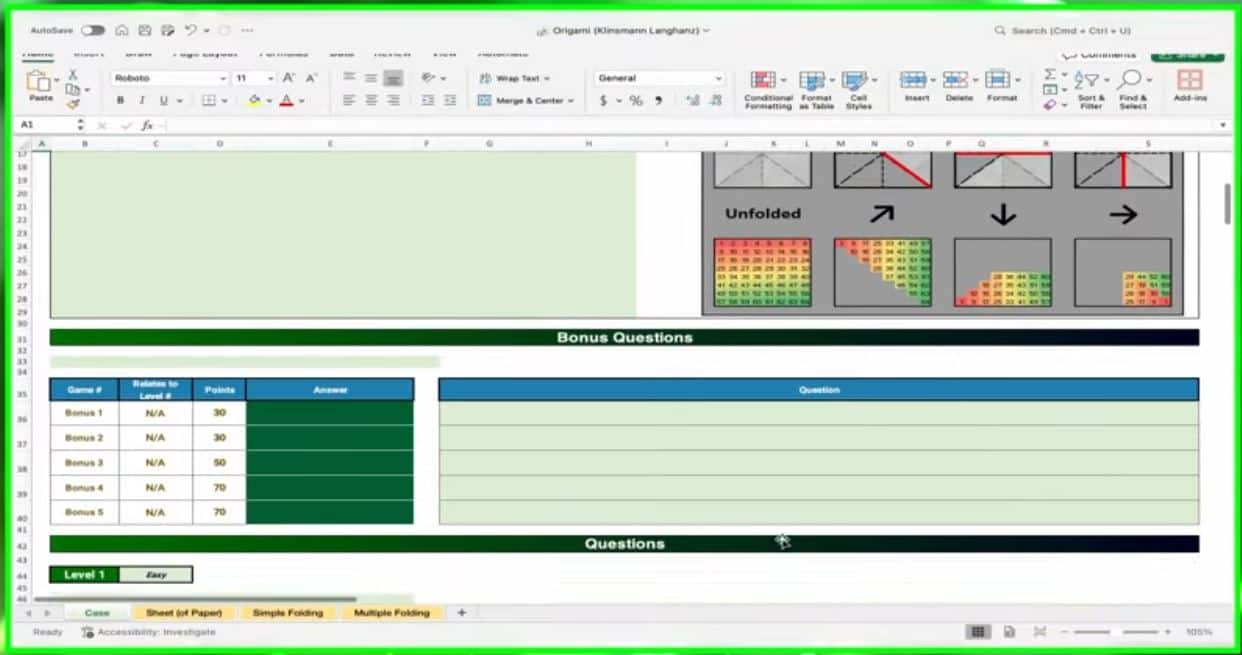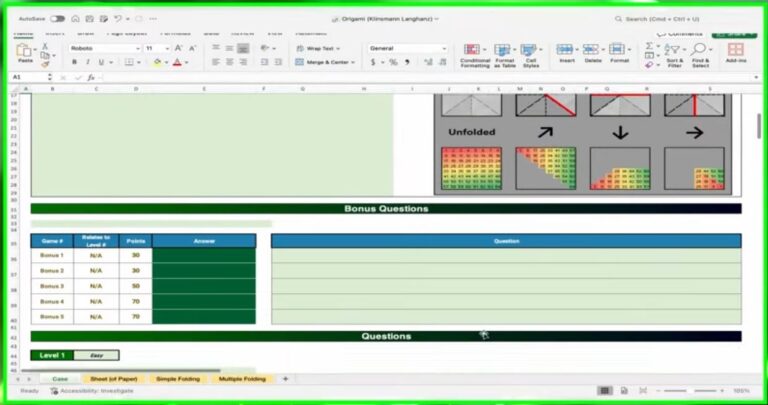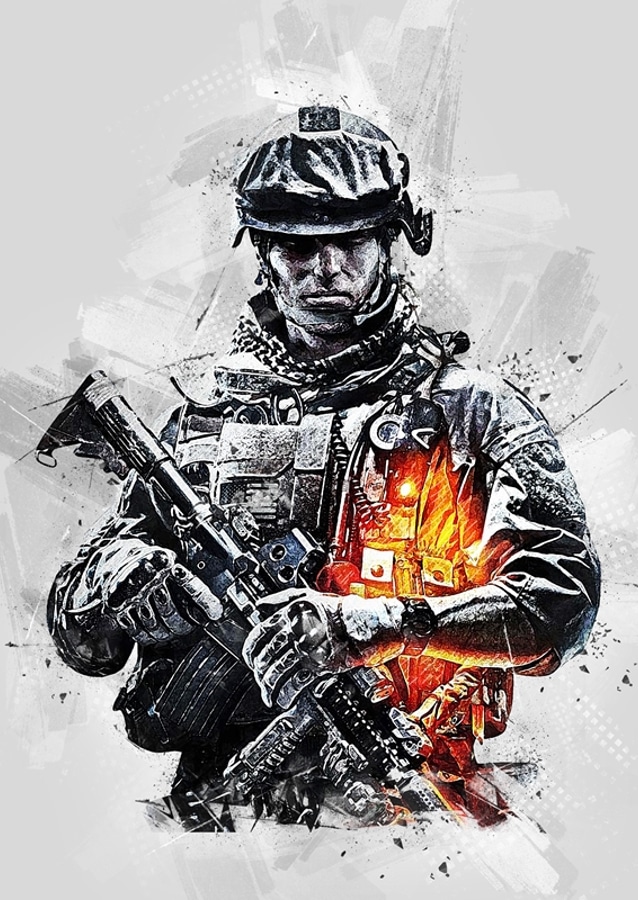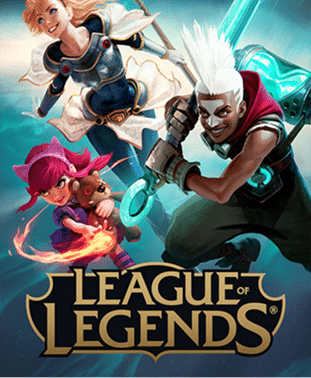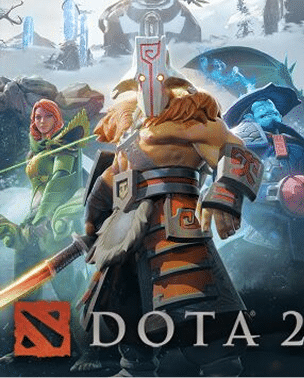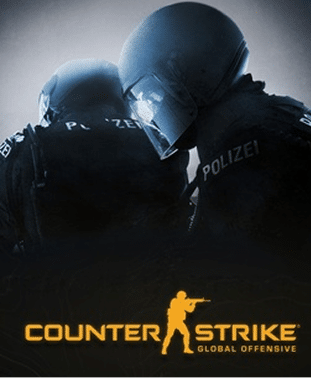Exploring the Power of Valorant Tracker: A Must-Have Tool for Every Player
Hannah Marie ZT, Senior Editor
Last Updated: 19/06/2025
Ad
Valorant, Riot Games’ tactical shooter, has captivated millions of players worldwide with its blend of strategic gameplay and mechanical precision. As players look for ways to refine their skills and climb the ranks, the use of tools like a Valorant tracker has become increasingly popular. These trackers offer a wealth of data and insights, helping players analyze their performance, identify areas for improvement, and gain a competitive edge.
What is a Valorant Tracker?
A Valorant tracker is an external tool or platform designed to collect and display detailed player statistics. These trackers pull data from in-game performances, such as kill/death ratios, win rates, accuracy percentages, and even map-specific metrics. By consolidating this information into an easily accessible format, a Valorant tracker provides players with the insights they need to take their gameplay to the next level.
Many popular trackers also include features like leaderboards, match history analysis, and tips for improvement based on your stats. For competitive players, these tools are invaluable in crafting strategies, understanding opponents, and showcasing performance.
Why Use a Valorant Tracker?
The benefits of using a Valorant tracker extend beyond casual stat-checking. Here are some key reasons to incorporate one into your routine:
Performance Analysis: A tracker allows players to dive deep into their stats, revealing patterns and trends. Are you losing more duels on a specific map? Is your headshot percentage lower than you’d like? A tracker highlights these issues.
Goal Setting: With a clear overview of your stats, setting measurable goals becomes easier. For instance, you can aim to increase your KDA or improve your win rate on certain maps.
Opponent Research: Some trackers provide insights into opponent statistics, giving you a tactical edge before matches.
Community Engagement: Trackers often feature global or regional leaderboards, encouraging friendly competition and providing recognition for top-performing players.
Improvement Suggestions: Advanced trackers analyze your gameplay and provide actionable tips to enhance performance.
Key Features of a Valorant Tracker
Comprehensive Stats: Trackers offer detailed breakdowns of individual and team performance metrics. These include KDA, damage per round (DPR), first-blood rates, and economy usage.
Map-Specific Data: Understanding your strengths and weaknesses on different maps is crucial in Valorant. A tracker can show your win rates and performance trends for each map.
Agent Insights: Playing different Agents requires varying strategies. A tracker helps you analyze your efficiency with each Agent, highlighting which ones suit your playstyle best.
Match History: Reviewing past matches allows you to learn from mistakes and replicate successful strategies.
Leaderboard Rankings: Many trackers include leaderboards to compare your performance with friends, local players, or the global community.
Popular Valorant Trackers
Several platforms have established themselves as leaders in the Valorant stats and analytics space. Here are a few widely used trackers:
Tracker.gg: Known for its user-friendly interface and detailed stats, Tracker.gg is a favorite among casual and competitive players alike.
Blitz.gg: Offering both performance tracking and in-game overlays, Blitz.gg provides real-time insights during matches.
Valorant Lab: A newer platform that focuses on advanced analytics and player-specific improvement plans.
BO3.gg: This platform offers comprehensive statistics and analysis tailored for both casual players and competitive teams, making it a go-to resource for many in the Valorant community.
How to Use a Valorant Tracker Effectively
To get the most out of a Valorant tracker, follow these best practices:
Regularly Review Stats: Make it a habit to analyze your stats after each session. Look for patterns that reveal both strengths and weaknesses.
Focus on Key Metrics: While trackers provide an array of data, prioritize metrics that align with your goals. For example, duelists might focus on kill participation and headshot accuracy, while support players might track assist rates and utility efficiency.
Compare with Peers: Use leaderboards to benchmark your performance against others at your skill level. This can provide motivation and highlight areas where you can improve.
Adapt Strategies: Use map and Agent-specific stats to tailor your strategies. If you struggle on certain maps, spend more time learning callouts, angles, and tactics for those locations.
Incorporate Feedback: Many trackers provide actionable insights. Take these suggestions seriously and apply them to your gameplay.
The Role of Valorant Tracker in Esports
In professional play, tools like Valorant trackers are indispensable. Teams use them to study opponents, refine strategies, and prepare for tournaments. For aspiring pros, showcasing stats from a tracker can be a valuable asset during recruitment.
Moreover, these tools have become integral to the broader Valorant community. Streamers and content creators often use trackers to engage their audiences, sharing progress and insights in real-time.
The Future of Valorant Trackers
As Valorant evolves, so will the tools designed to analyze it. Expect future trackers to integrate even deeper with the game, offering features like real-time performance tracking and AI-driven coaching. Riot Games may also enhance the accessibility of in-game stats, further empowering players to leverage data for improvement.
Conclusion
A Valorant tracker is more than just a tool—it’s a gateway to understanding your gameplay on a deeper level. Whether you’re a casual player aiming to improve or a competitive gamer seeking an edge, the insights provided by these trackers can transform your approach to the game. As technology and analytics continue to advance, the role of trackers in Valorant’s ecosystem will only grow, helping players at all levels reach their full potential.
Explore Our Trusted Gaming Resources
Discover essential guides to UK casino sites, betting platforms, and crypto casinos — updated for this year.
- Best Online Casinos in the UK
- Best Bookmakers 2025
- Top UK Esports Bookmakers
- Non Gamstop Casino Sites
- Top Crypto Casinos
Hannah Marie ZT, Senior Editor
Hannah is a journalist specialising in the esports, gaming, and technology sectors. Working for outlets such as Dot Esports, Esports Insider, and of course ENUK, she has developed a love for wider esports, Apex Legends, and advocating for women's esports initiatives. You may have seen her at various esports and gaming events, including ALGS LANs, ESI London, EGX, and watch parties.
Stay Updated with the Latest News
Get the most important stories delivered straight to your Google News feed — timely and reliable
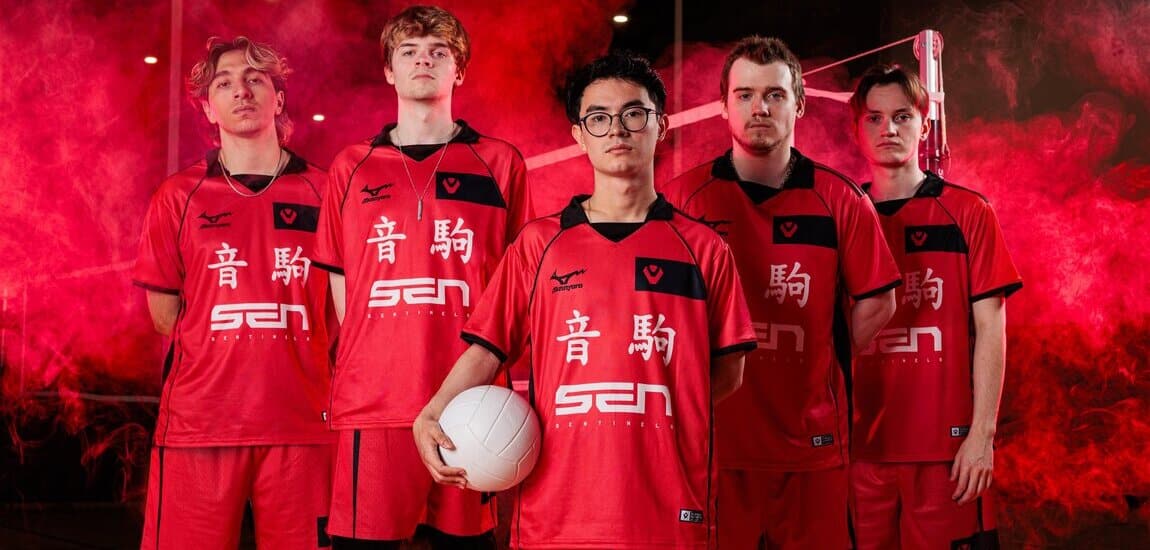




From breaking news and in-depth match analysis to exclusive interviews and behind-the-scenes content, we bring you the stories that shape the esports scene.
Monthly Visitors
User Satisfaction
Years experience


